With all that was involved in moving to the new location of Jeff's Place at Positive Feedback, and with some other responsibilities that demanded my attention, it's been a while since I've been able to work on getting the Duelund-Altec Project up and running. That changed today! 🙂
Before I tell you about the progress I made on the Duelund-Altec Project today, let me catch you back up with the Duelund-Altec Project with a summary of past posts about the project.
The Duelund-Altec Project is Announced
In January of 2018 I announced the Duelund Coherent Audio & "Stokowski" Altec Project for 2018 that would showcase the new line of Duelund Coherent Audio CAST tinned-copper components, and the Duelund-Altec Project is a world first for a crossover constructed entirely of tinned-copper components. You can read the announcement HERE.
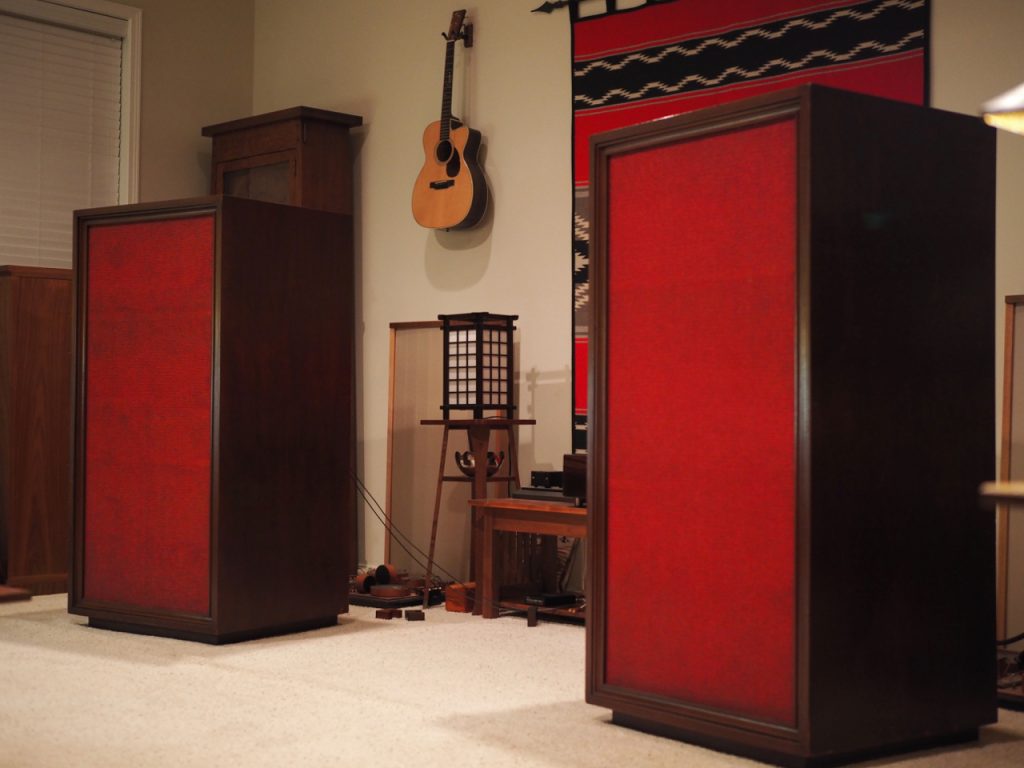
The "Stokowski" Altec loudspeakers.
I'll be using the exotic new Duelund CAST tinned-copper components to build crossovers for a very special pair of vintage Altec loudspeakers, which I refer to as the "Stokowski" Altec's.
Based on what I've heard from my previous experiences with the prototype Duelund CAST Sn-Cu capacitors, I believe Frederik has made the single biggest advancement in audio capacitor performance in ... well ever!
Based on what I'm hearing, I believe Frederik's use of tinned-copper foils in the new line of Duelund CAST Sn-Cu capacitors and inductors heralds in a new era of musical and sonic performance in audio electronics. The Duelund CAST Sn-Cu components are really something special!
The "Stokowski" Altec's
First let me give you a little refresher about the history of "Stokowski" Altec's.
Leopold Stokowski had moved from London to New York City in 1905. In addition to his conducting, Leopold Stokowski was also very interested in the recording and reproduction of music, and experimented with it as early as 1933 with his assistant conductor, Alexander Smallens, using a 3-microphone placement, that Bob Fine would and Wilma Cozart would later perfect for their Mercury Living Presence recordings.
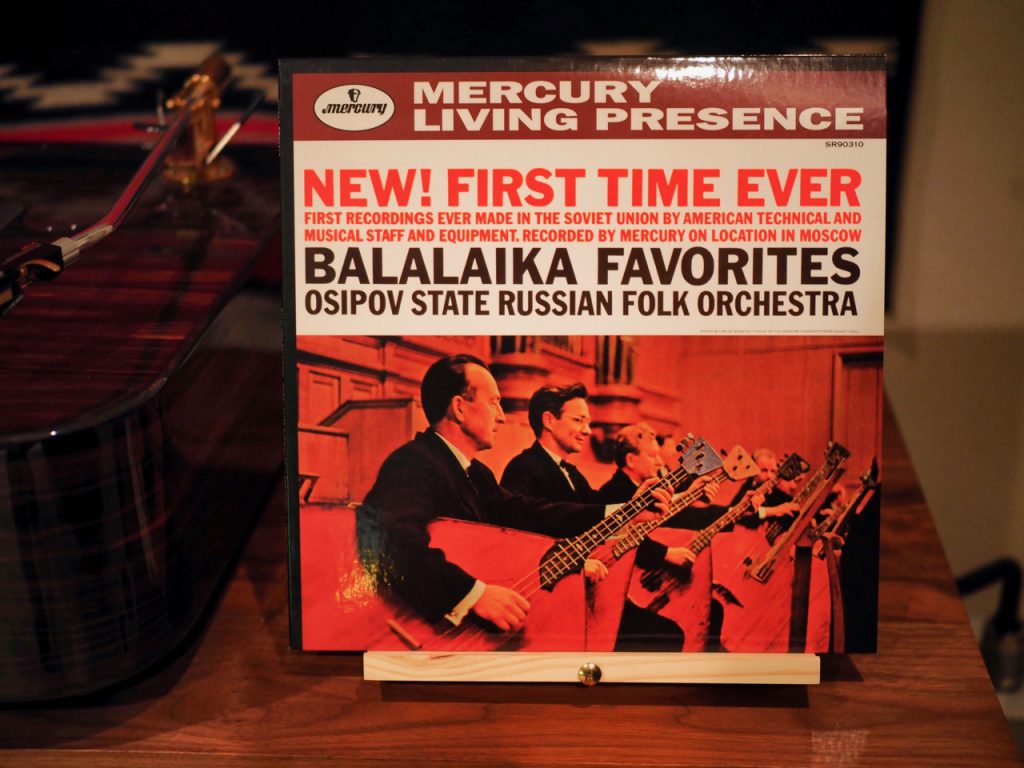
Balalaika Favorites on the Mercury Living Presence label.
Leopold Stokowski's enthusiasm for the reproduction of live and recorded music resulted in him earning a doctorate in audio engineering, becoming a member of the Audio Engineering Society, and collaborating with Altec on loudspeaker design.
Dr. Stokowski liked to play music from live orchestra sessions back over Altec loudspeakers, and worked closely with Altec to get the loudspeakers' voicing as close as possible to the sound he heard from the live orchestral performances he conducted.
Altec built the great conductor a custom pair of Altec loudspeakers based on the general design of the Altec Voice of the Theatre loudspeakers, but enclosed them in large custom "evening dress" cabinets for listening to music on his home stereo in his New York Fifth Avenue apartment.
After a long career conducting in America, at age 90, Leopold Stokowski moved back to London in May of 1972 to further his recording career, and he gave his Altec's to one of his conducting students, who sold them to Jeff (another Jeff), who took them with him when moved across the country to Seattle.
Jeff eventually decided to sell the "Stokowski" Altec's, as they were a bit large for his Seattle condo, and I bought them from Jeff in November 2015 after a road trip to Seattle with my buddy Ron Barbee (HERE).
I am thrilled to have the "Stokowski" Altec's in my life, first because I love the way Altec loudspeakers play music, and secondly because this pair of Altec's has such immense historic significance - I think that's so cool!
So what makes up these custom loudspeakers that Altec made for the great Maestro?
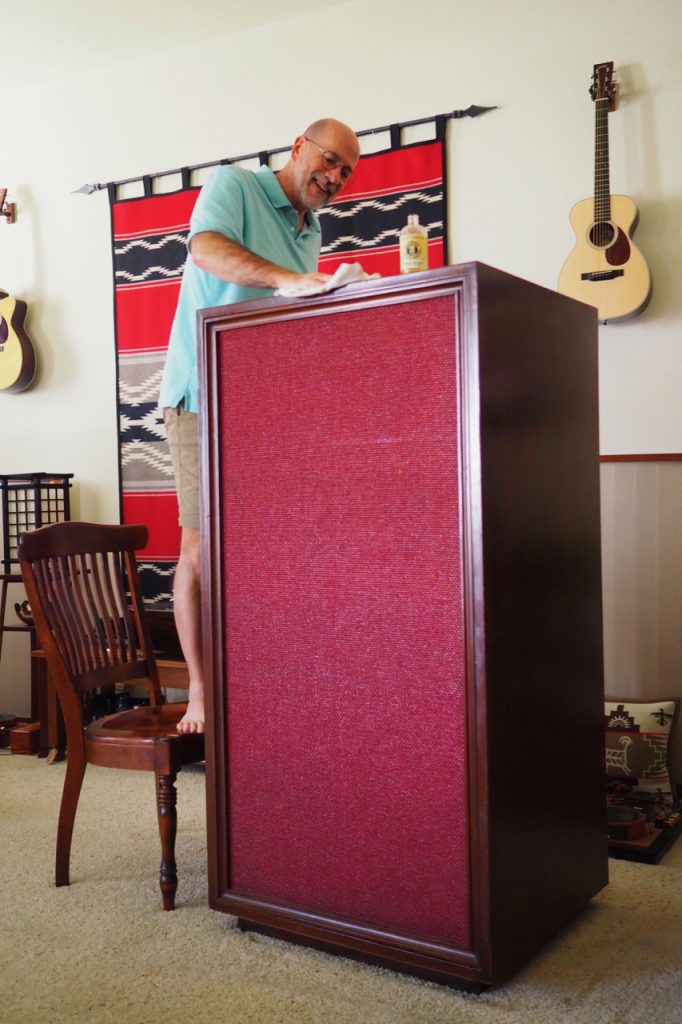
Polishing the "Stokowski" Altec cabinets with some Kramer's Best Antique Improver. I think I need more Kramer's!
The most obvious thing about the "Stokowski" Altec's are that they are enclosed in huge custom wood cabinets, with burgundy grill cloth.
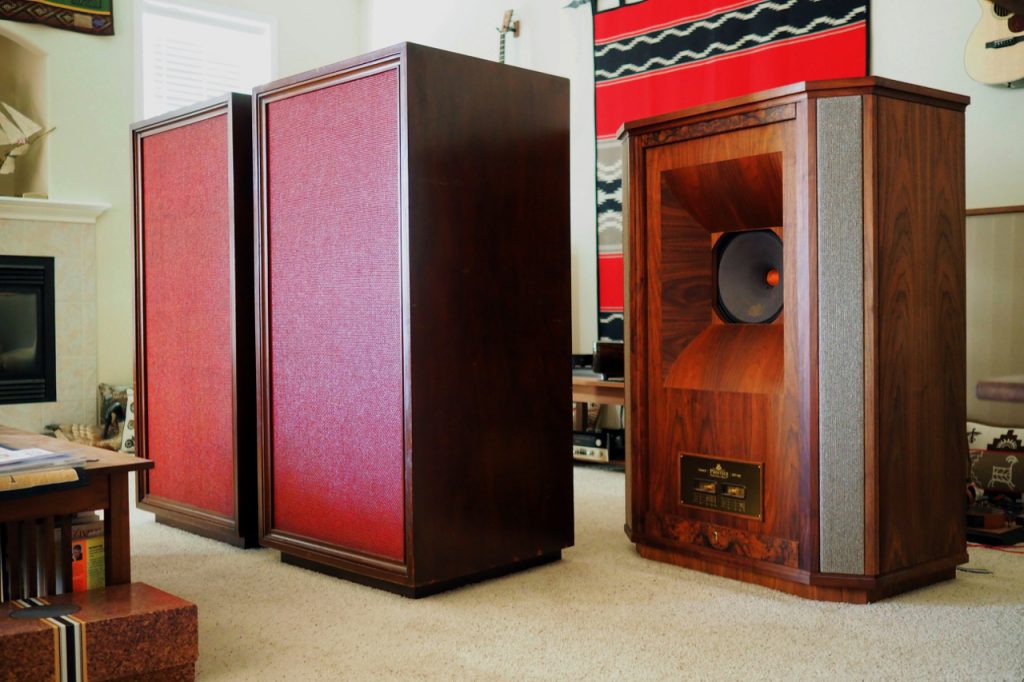
Stokowski Altec's with my Westminster Royal SE's for scale.
As you can see in the photos above, the "Stokowski" Altec's are big, even bigger than my Tannoy Westminster Royal SE loudspeakers, which are huge loudspeakers themselves!
The "Stokowski" Altec's cabinets are built very solidly and professionally, and everything has been fitted perfectly together. These are vintage loudspeakers, and they’re quite old now, and their cabinets have accumulated a few scuffs and scrapes over the years, but still they were in very nice condition.
Eagle-eyed reader, Grant, also pointed out to me that the cabinets that enclose the Stokowski Altec's provide substantial reinforcement for the 825 style bass horns.
"For example, the Stokowski's divider shelf between the two horn sections, which would be an 825's top panel, acts as a massive cross-brace to the cabinet's sidewalls. The rear of the cabinet is broken into three segmented panels with further cross-bracing for the sidewalls, whereas the 825 is a large single screw-mounted panel with no cross-bracing. And because the front panels are inset on the oversized sidewalls, they too are acting as bracing. The mounting panel for the 511B may also be acting as yet another cross-brace, but I can't tell for sure from the photos (they do – Jeff). The rigidity of the Stokowski cabinet is probably off the charts compared to the 825."
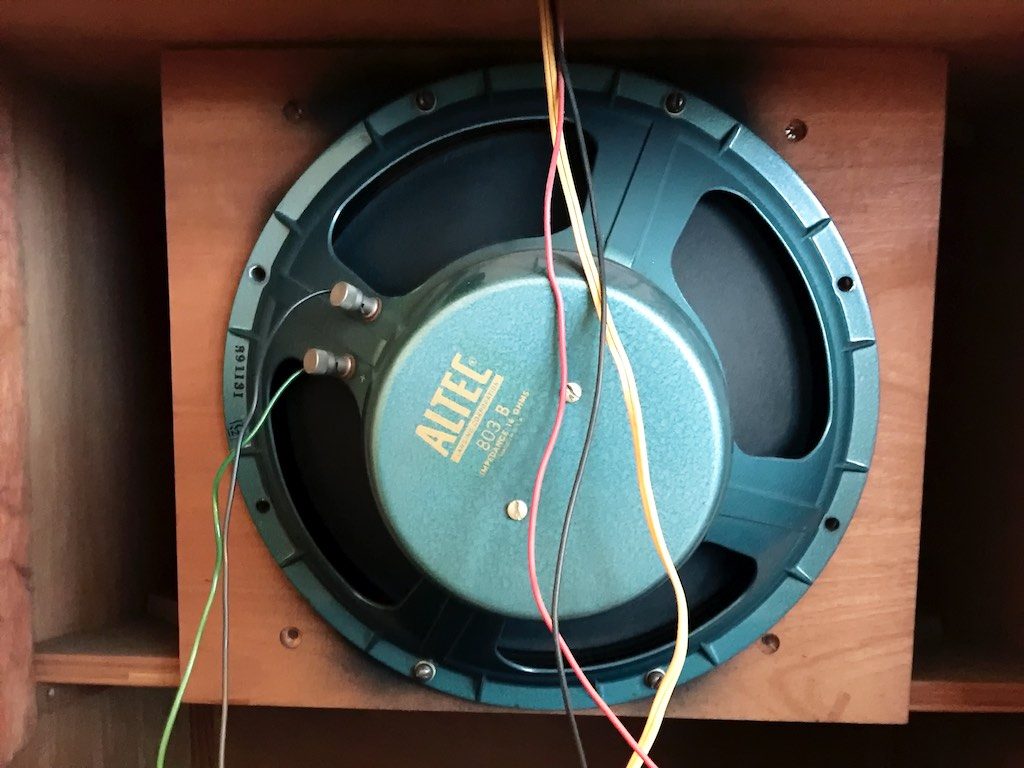
Altec 803B low-frequency driver in my "Stokowski" Altec's, which is an earlier version of the 416.
The bass-horn cabinets inside the external cabinet enclosures look similar to the 825, are very well made as well, and house some pristine Altec 803B low frequency drivers.
The 803B low frequency driver is described in the Altec literature as, "The Altec 803B is a 15-inch low frequency loudspeaker of professional quality, chosen to complement the finest broadcast and recording studio monitor systems (such as the A7 and A7-500) in addition to providing the critical listener with superb bass reproduction for all wide-range public address, sound reinforcement and theatre or auditorium systems."
"Utilizing heavy Alnico V permanent magnets (2.4 lbs.), rugged, die-cast frames, edge-wound copper ribbon voice coils of the largest practical diameter (3"), and exceptionally compliant cone suspension, these LF transducers combine the advantages of long-term operation with unparalleled response throughout the entire audible bass frequency range (20-1,600 cycles)."
The Altec 803B low frequency driver has a continuous power rating of 30W, a frequency response of 20-1,600Hz, a sensitivity of 99dB (SPL at 4" from 1W), and 114dB (SPL at 4" from 30W).
The Altec 803 low frequency driver has an impedance of 16 Ohms, the cone resonance is 25 Hz, the Alnico V magnet flux density is 12,000 Gauss, the frame (basket) is structurally-reinforced cast aluminum, the cone is molded fiber, the cone suspension is a high-compliance cloth surround with mechanical resistance, the voice coil is edge-wound copper ribbon, the diameter is 15 1/8 inches (7" deep), and the weight is 17.5 pounds.
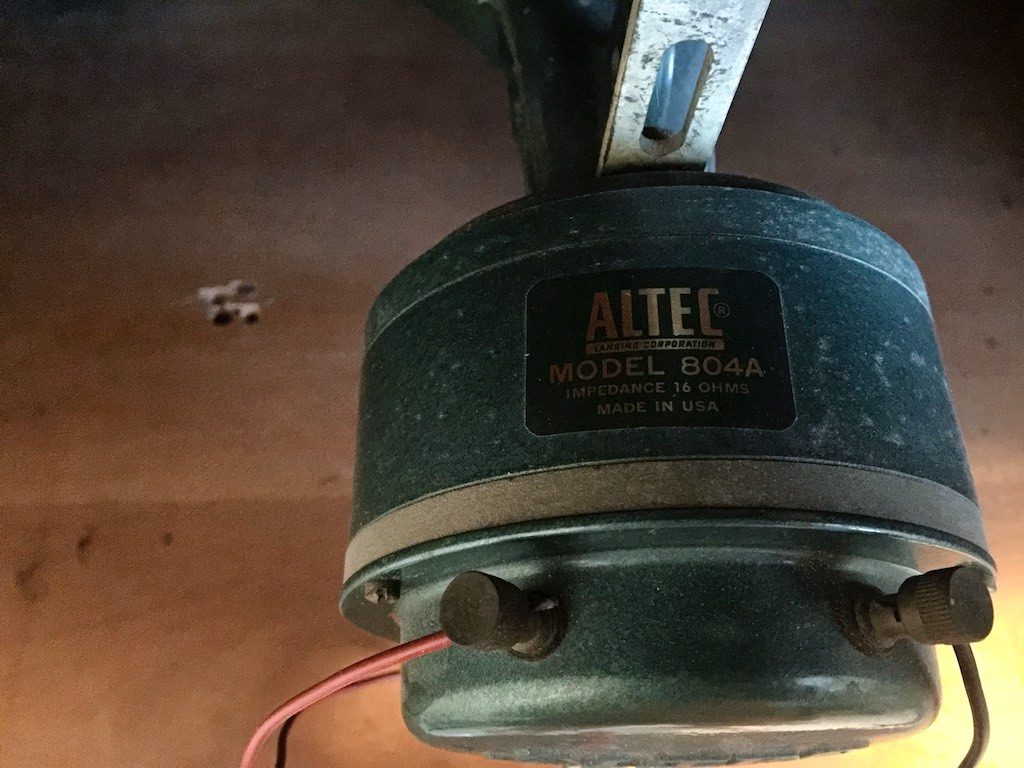
Altec 804A compression driver
Up top are Altec 804A 16-Ohm compression drivers mated to Altec 511-B horns. The Altec 804A and Altec 802D compression drivers are essentially the same design, and are shown together in Altec literature.
The Altec 804A / 802D both use large diameter (1.75") aluminum ribbon edge-wound voice coils coupled to a large (2.25") aluminum diaphragm having tangential compliance. Both have a mechanical phasing plug with two exponential acoustic slots, which provides the proper phase relationship from sound emanating from the center & outer edges of the diaphragm and voice coil assembly, to give maximum high-frequency reproduction and a smooth overall response.
Like the 803B low frequency drivers, both the Altec 804A / 802D are rated for 30W. The Altec 804A / 802D frequency response is 500Hz to 22,000Hz, voice coil diameter is 1.75", impedance is 16 Ohms, and diameter is 4.5".
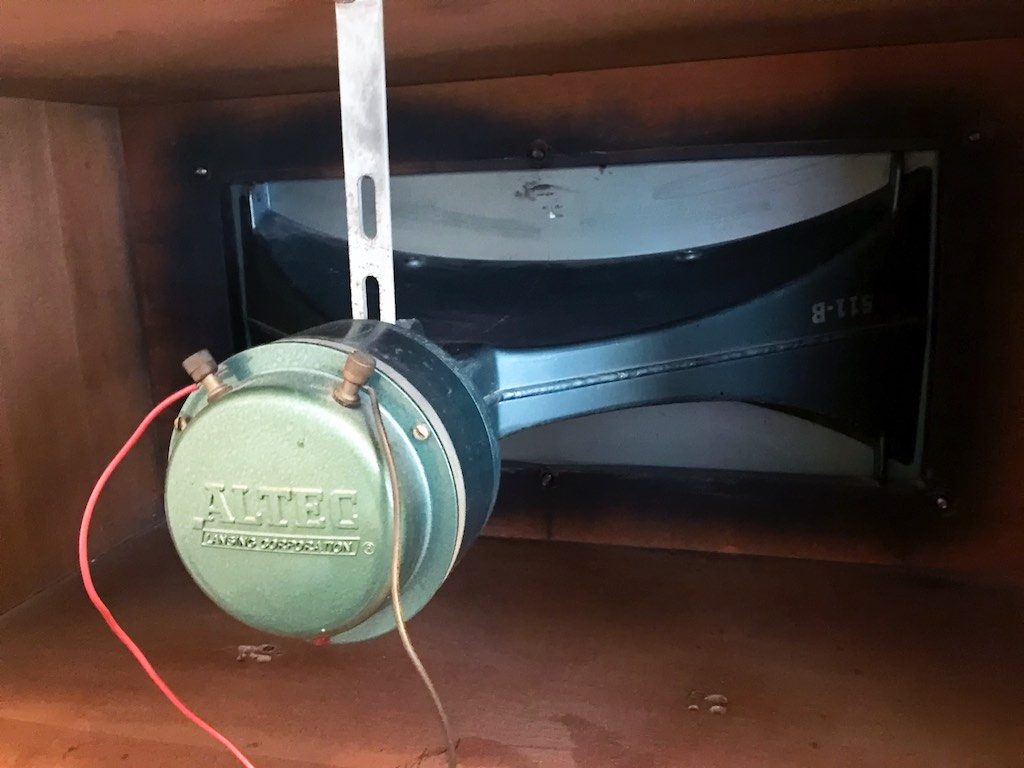
Altec 804A compression driver on 511B horn.
The primary difference is their magnets, as the 802D uses a 1.2 lbs., 15,250 Gauss magnet, and the 804A uses a 13 oz. 13,000 Gauss magnet, which reflects their intended use as compression drivers for sound reinforcement in large spaces with high ambient noise levels (802D), or smaller spaces, like home listening rooms or smaller recording studios with moderate ambient noise levels (804A).
The Altec 804A compression driver is optimized for loudspeakers, "... located in non-reverberant space having moderate ambient noise levels, the Altec 804A driver proves a perfect match (Such conditions would be analogous to the average listening room or smaller broadcast and recording studio)", and pressure sensitivity is rated at 109.5dB at 1W and 124.2dB at 30W.
The Altec 511B sectoral horn is intended to be crossed over at 500Hz, and an N-500-D crossover network was used by Altec in this loudspeaker.
Except for their cabinets, the "Stokowski" Altec's complement of components are similar to the Altec A7 Voice of the Theatre loudspeakers. As I understand it, the production of Altec A7 Voice of the Theatre loudspeakers commenced in 1966, so these custom Altec speakers that were built for Dr. Stokowski would have preceded the commercial release of the Altec A7 by at least a couple of years, as they were probably made during the period when their drivers were produced, 1961 to 1964.
Visitors to my listening room have been wowed by the sublime performance of these vintage Stokowski Altec's, and about half of them have even preferred them to my hot-rodded Tannoy Westminster Royal SE loudspeakers, which is sort of amazing, given the Westminster's are very formidable loudspeakers in their own right.
The Duelund Coherent Audio CAST Tinned-Copper Components
The Duelund Coherent Audio CAST tinned-copper components took a while to build due to breaking new design ground with tinned-copper capacitors, inductors, and resistors, and the custom values involved for crossover project.
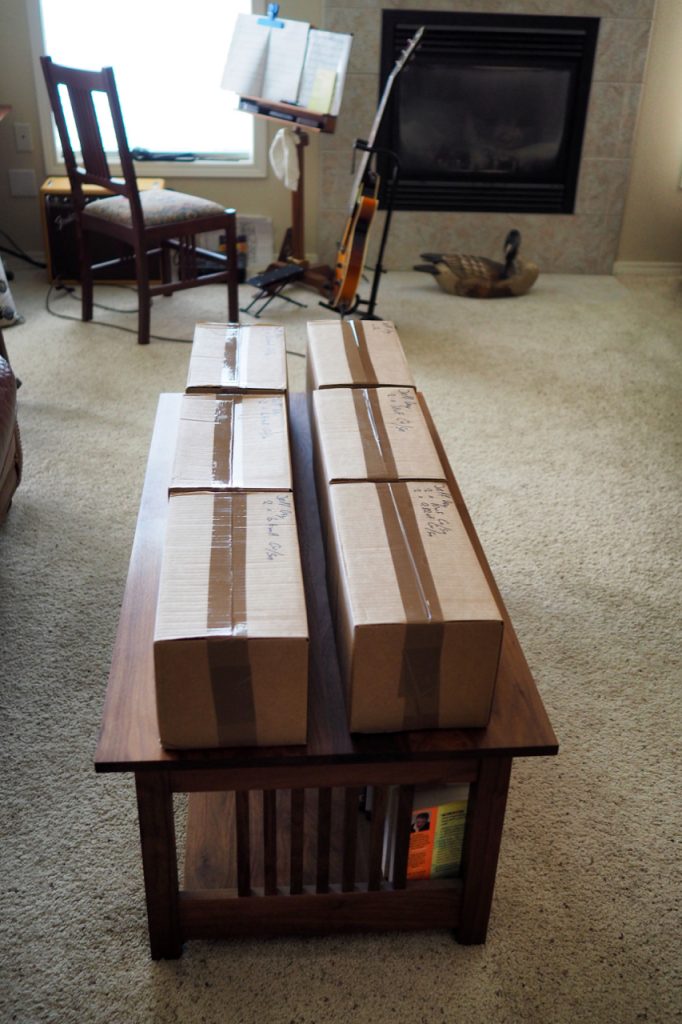
The Duelund CAST tinned-copper capacitors, inductors, and resistors arrived about 9 months after the Duelund-Project announcement, an exciting day to be sure!
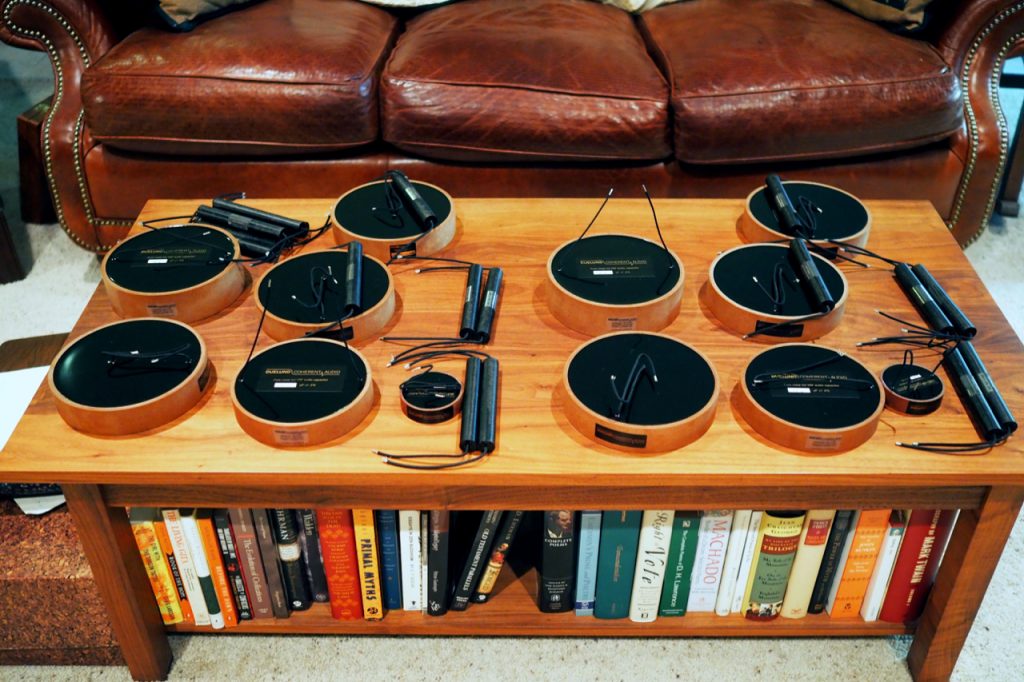
Duelund CAST Sn-Cu components for the Duelund-Altec Project.
I quickly got them unpacked and laid out on my coffee table. The Duelund CAST Sn-Cu components are really impressive, and really large!
I wrote up individual post about the details of the Duelund CAST Sn-Cu capacitors, inductors, and resistors that you can read more about at the links below, which I encourage you to read through.
The Duelund CAST Sn-Cu Air Core Inductor

Duelund CAST Sn-Cu Air Core Inductor.
The Duelund CAST Sn-Cu Air Core Inductor: A Breath of Fresh Air for Low Frequencies! HERE
The Duelund CAST Sn-Cu Capacitor
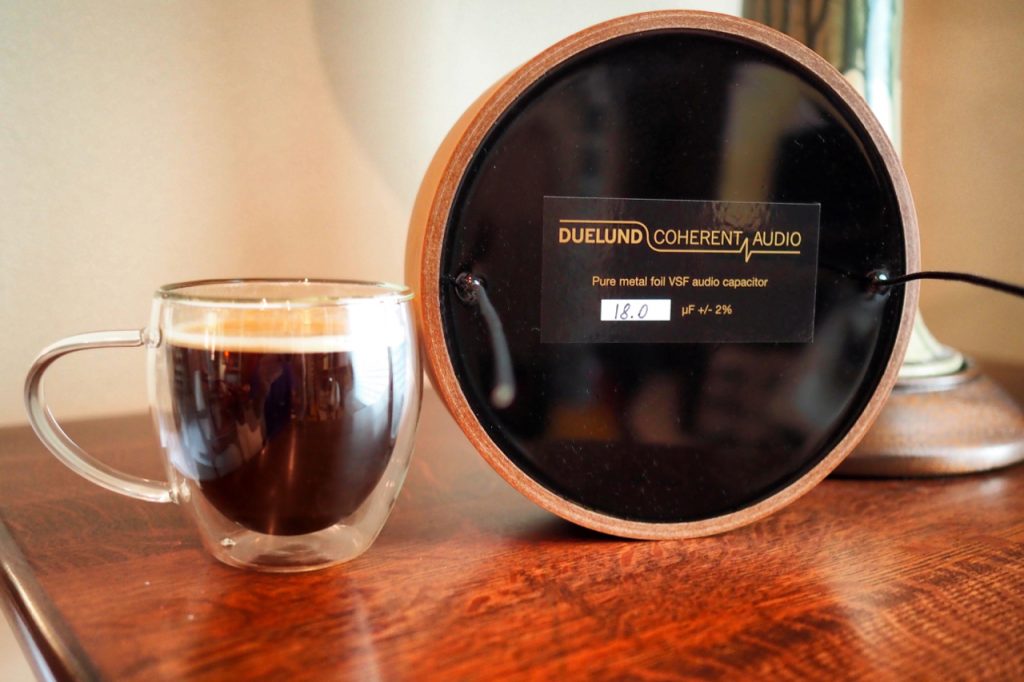
18uF Duelund CAST Sn-Cu capacitor with 8 oz. coffee cup for size comparison.
The Duelund CAST Sn-Cu Capacitor: The World’s Finest Capacitor! HERE
The Duelund CAST Sn-Cu Resistor - the "Jeffistor"
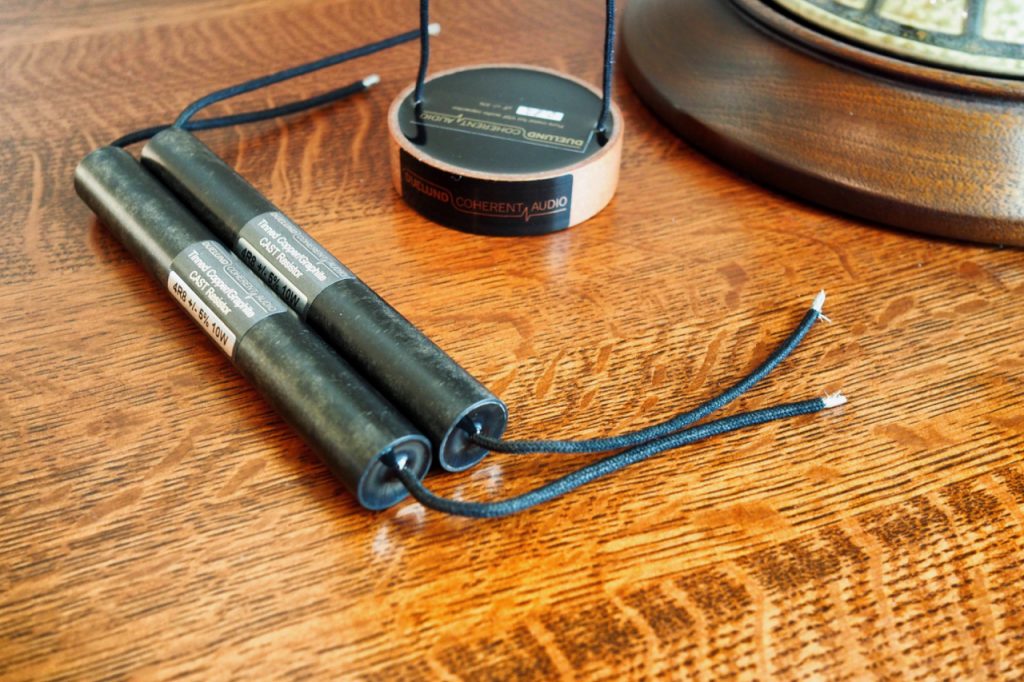
Duelund CAST "Jeffistors" with three parallel conductive elements and DCA12GA leads.
The Duelund CAST Carbon/Sn-Cu Resistor: The "Jeffistor" makes its debut! HERE
Breadboarding the Duelund CAST Sn-Cu Crossovers for the "Stokowski" Altec's
With any crossover project where you are building crossovers from scratch the first step is to breadboard the crossovers.
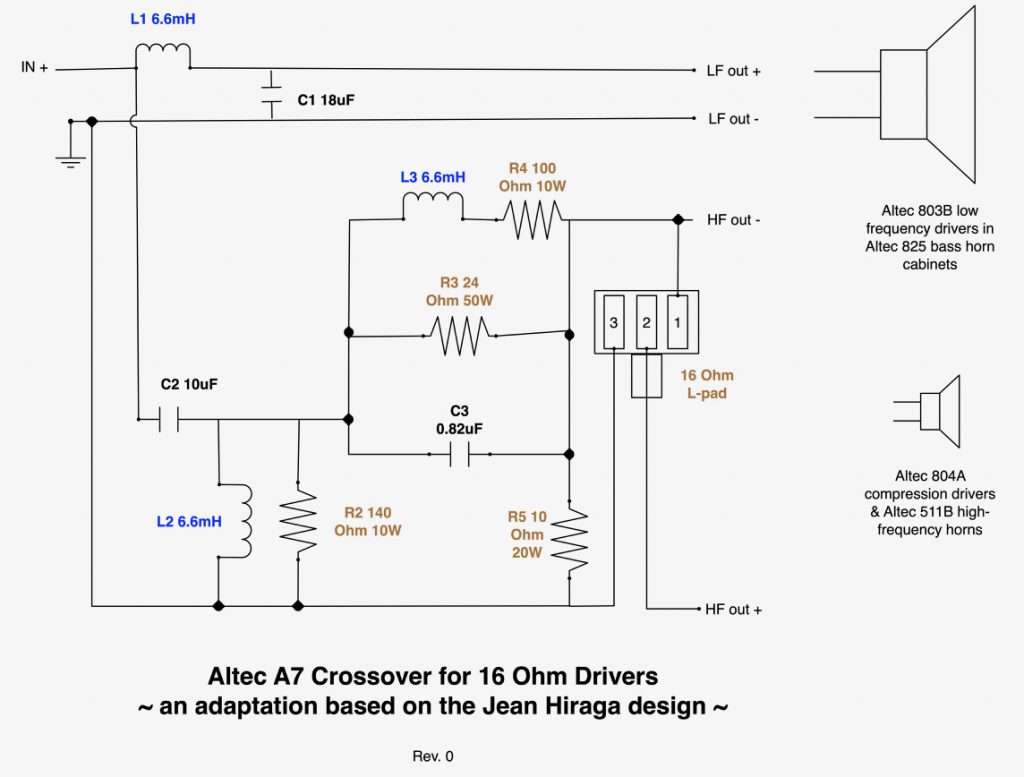
I have had really good results with a Hiraga-style crossover for Altec's. I really like the way that Altec includes an L-pad in their crossover design so that it is easy to optimize the high-frequency balance to different rooms, so I added an L-pad to the basic Hiraga high-frequency crossover circuit.
To build a pair of the Hiraga-inspired crossovers the following Duelund CAST Sn-Cu components were used:
- Six 6.6mH inductors for L1, L2, and L3.
- Two 18uF capacitors for C1.
- Two 10uF capacitors for C2.
- Two 0.82uF capacitors for C3.
- Two 140 Ohm 10W resistors for R2.
- Two 24 Ohm 50W resistors for R3.
- Two 100 Ohm 10W resistors for R4.
- Two 10 Ohm 20W resistors for R5.

Stokowski Altec's high-frequency horn cabinet.
It turns out that the 18 1/4 inches by 28 3/8 inches of space available on the inside bottom of the Altec high-frequency 511-B horn cabinet enclosures provided just enough room for installing the Duelund CAST Sn-Cu crossovers.
I decided I wanted to use Soundcoat GPDS damping sheets to line the inside bottom of the high-frequency 511-B horn cabinets to give the Duelund CAST tinned-copper components some extra isolation.
As you would expect, the GPDS is ideal for applications like damping the chassis of audio electronics, so I thought it would be a good match for the Altec's and Duelund CAST Sn-Cu components.
The Soundcoat GPDS damping sheets are about the thickness of cardboard, but are much more dense and stiff. The top of the GPDS sheets have a hard finish, which is the side that the Duelund CAST components will mount to. The underside has a dense viscoelastic polymer material that damps vibration. The underside also has an adhesive covered by a peel-off backing so that I can stick the GPDS to the cabinet surface to secure it.
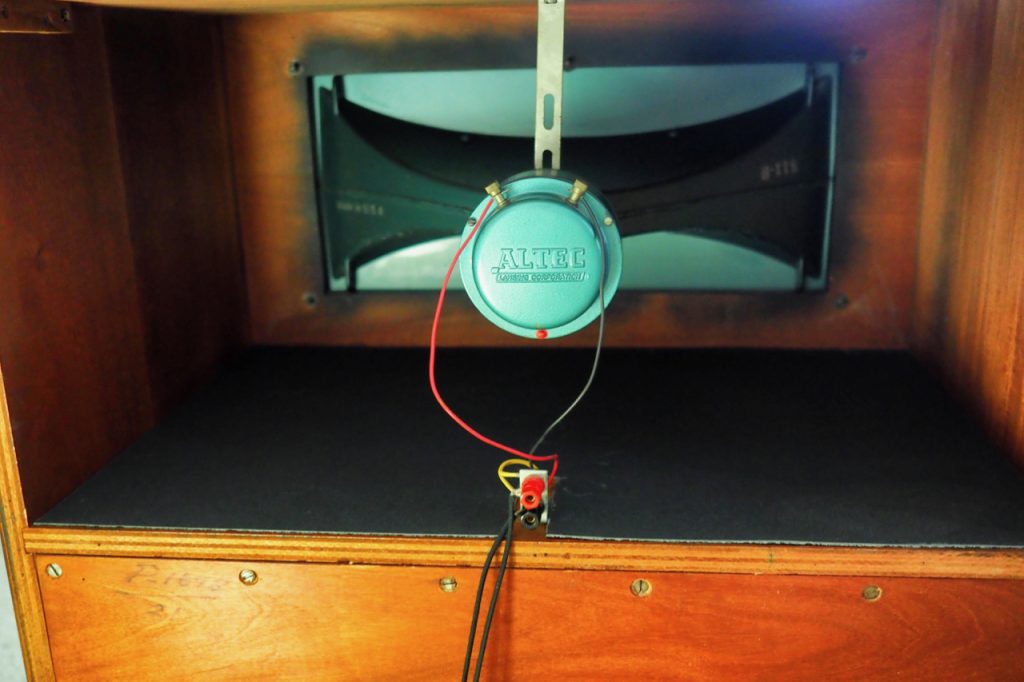
The GPDS damping sheets mounted into the base of the Stokowski high-frequency horn cabinets.
I cut sections of the Soundcoat GPDS that were 18 inches by 28 1/4 inches to place on the inside bottom of the Altec high-frequency 511-B horn cabinet enclosures, per the photo above.
The GPDS sheet in the photo above is just sitting there with the backing still on it so I could check the fit, the next step would be to remove the backing and stick it to the cabinet surface.
I also cut out a one-inch wide by four-inch deep slot out of the middle front of the GPDS damping sheets to allow for where the N-500D crossover wires pass up through the 825 style bass horn cabinets to connect to the Altec 804A 16-Ohm compression drivers that are mounted on the Altec 511B horns, and those that attach to the binding posts.
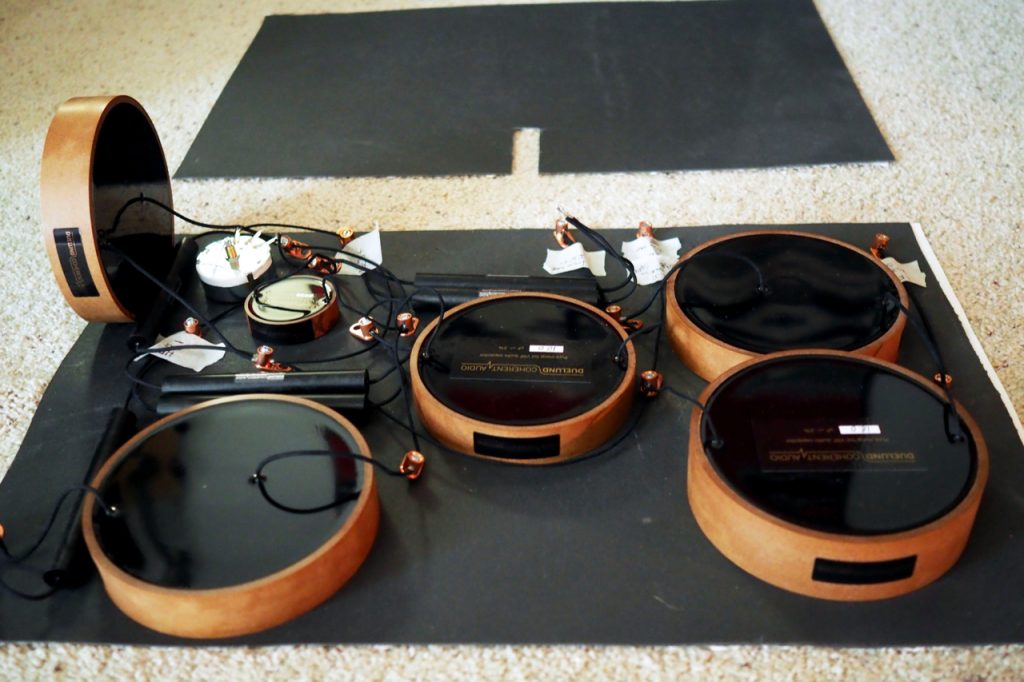
The Duelund CAST Sn-Cu crossover breadboard.
It turns out that the Soundcoat GPDS damping sheets are substantial enough to use as breadboards, so I chose to breadboard the Duelund CAST tinned-copper crossovers directly on the damping sheets I had cut out.
I like securing the leads from the Duelund CAST tinned-copper components - and any point-to-point wiring needed - with McMaster-Carr copper set screw lugs for 14-4 wire gauge (6923K62, $2.04 USD each, HERE).
McMaster-Carr copper set screw lugs are my favored way of making crossover connections because of their pure signal path (wire clamped to wire with no solder), and because they make it easy to swap out wire for experimental/voicing purposes.
Figuring out how to best arrange components for crossovers is a little bit like putting the pieces together for a jigsaw puzzle, you just have to use the circuit diagram as your guide, and move the components around until they fit in the best possible arrangement for the space available.
You can read my first post about laying out the breadboards HERE.
Installing the Breadboarded Crossovers into the High-Frequency Cabinets
Once I had a good idea of how everything would go together, the next step was to lay everything out in the "Stokowski" Altec's high-frequency cabinets, which I wrote about HERE.

The GPDS damping sheets mounted into the base of the Stokowski high-frequency horn cabinets.
First I installed the GPDS damping sheets into the cabinets, then one by one I transferred each component, and then double checked that everything was laid out correctly.
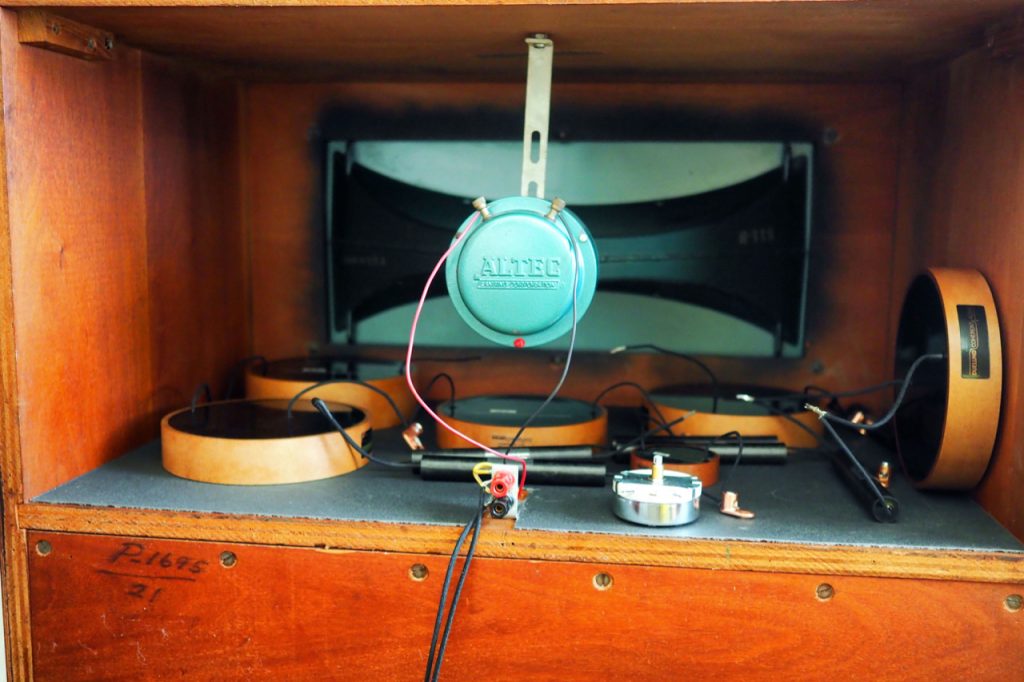
Laying out the Duelund CAST Sn-Cu components in the Altec high-frequency cabinets.
Once I had everything arranged in the high-frequency cabinets I connected all the components together in the crossovers.
I decided I wanted to connect the Duelund CAST Sn-Cu crossover in the right cabinet, and leave the N-500-D crossover network in place in the left cabinet so I could compare the two.
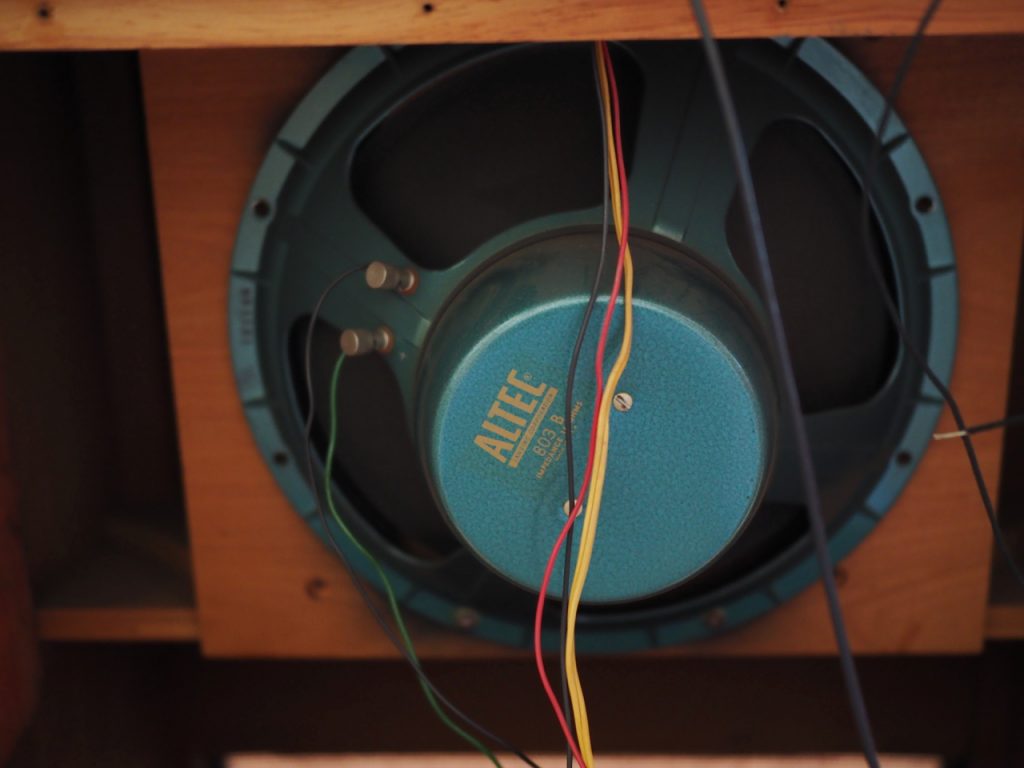
Altec 803B low-frequency driver.
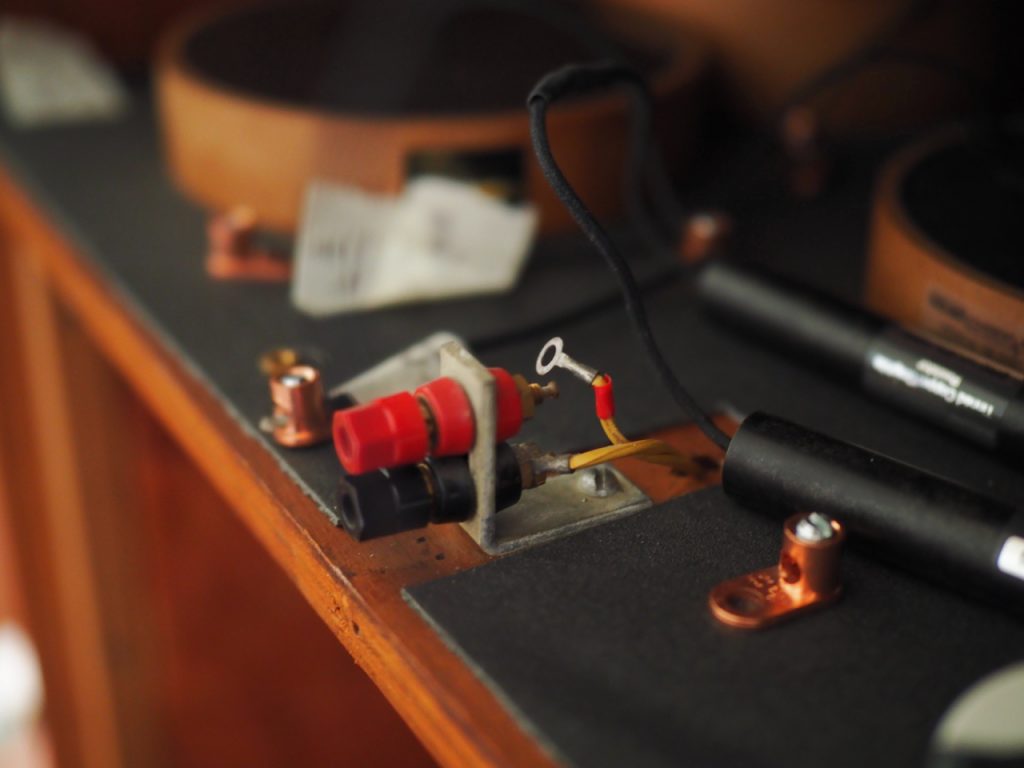
Altec N-500-D crossover disconnected from the binding posts.
I then removed the back panel of the right "Stokowski" Altec and disconnected the N-500-D crossover network from the low-frequency and high-frequency drivers.

Back panel removed and N-500-D crossover disconnected.
When I looked at the wiring of the N-500-D crossover I noted that Altec utilized tinned-copper wire for connecting the crossover to the low and high-frequency drivers.
The wire Altec used looked to be a 16 gauge tinned-copper wire, and so in like fashion I chose Duelund DCA16GA tinned-copper tone wire to connect the Duelund CAST Sn-Cu crossovers to the Altec drivers.

Connecting the Duelund CAST Sn-Cu crossover to the Altec HF driver with DCA16GA.

Connecting the Duelund CAST Sn-Cu crossover to the Altec 803B driver with Duelund DCA16GA Sn-Cu wire.
I then put the back panel on the right "Stokowski" Altec so I could give a listen to the Duelund CAST Sn-Cu crossover, and compare the result to the Altec N-500-D in left loudspeaker.

The Stokowski Altec loudspeakers.
To voice the "Stokowski" Altec's with their Duelund CAST Sn-Cu crossovers I am using the SPEC RSA-M3 EX Real Sound Amplifier that our friend Yazaki-san developed (review HERE).

SPEC RSA-M3 EX Real Sound Amplifier
I've been using the SPEC RSA-M3 EX Real Sound Amplifier with the "Stokowski" Altec's ever since I bought them, and it is a great match to them. That should not be too surprising as Yazaki-san voiced the SPEC RSA-M3 EX Real Sound Amplifier using his own vintage Altec loudspeakers.
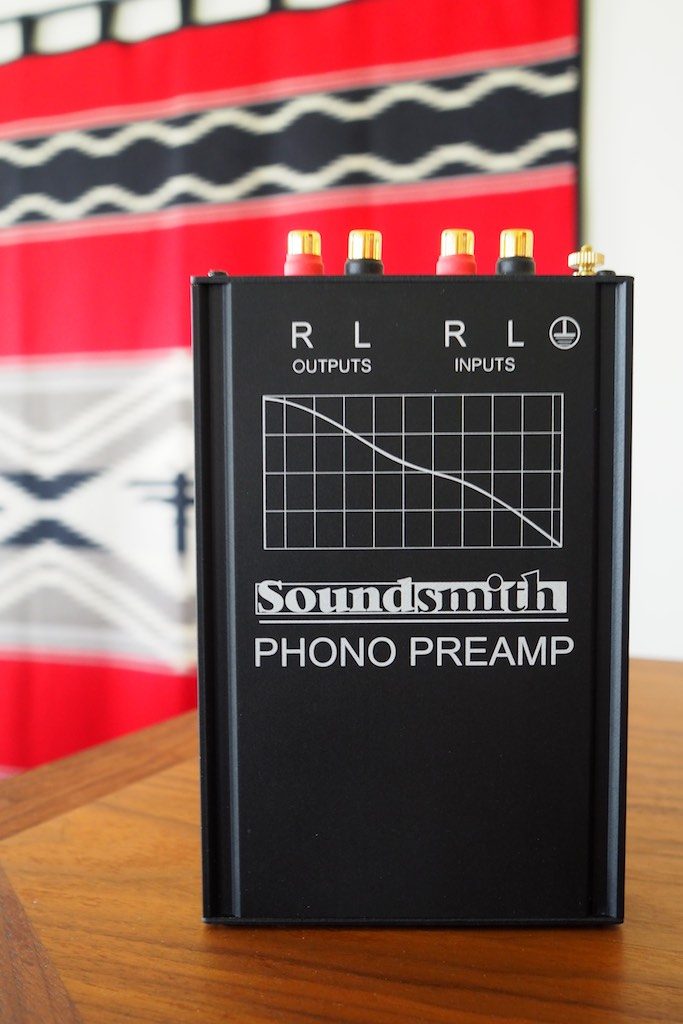
Soundsmith MMP3 phono equalizer
For a phono stage I'm using the excellent Soundsmith MMP3, which is a really nice match to the SPEC RSA-M3 EX Real Sound Amplifier.
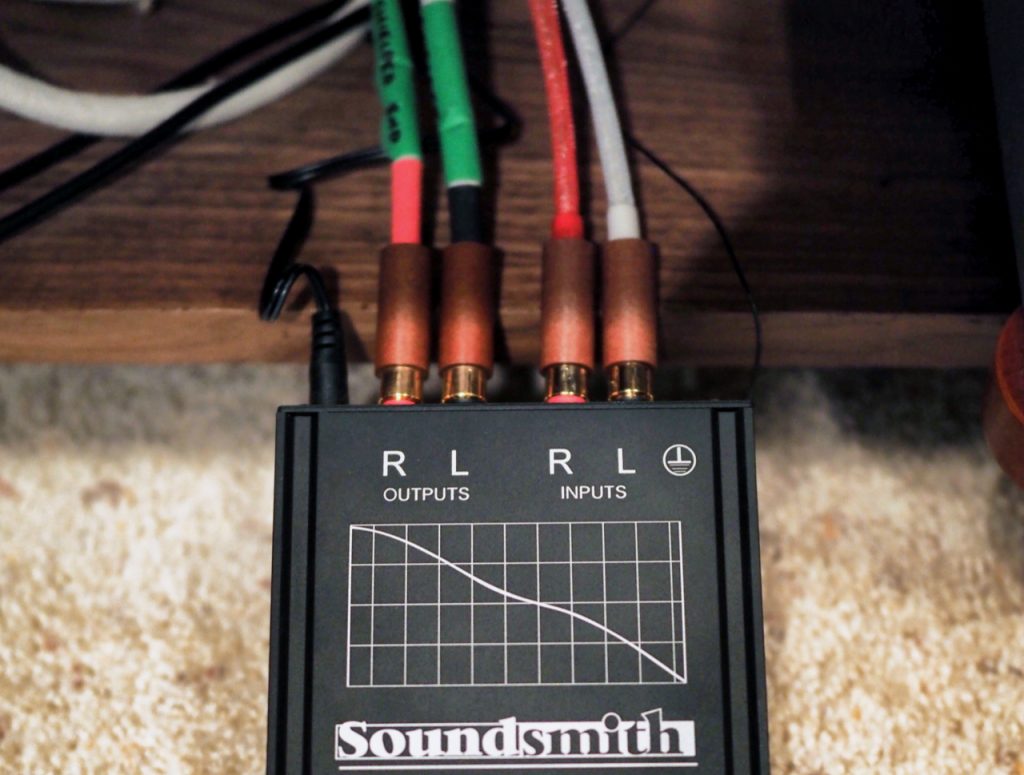
Duelund RCA's on tonearm leads (right), Duelund RCA's on shielded DCA20GA interconnects (left).
For interconnects I'm using a mix of Duelund DCA16GA tinned-copper and Duelund DCA20GA tinned-copper, terminated with Duelund Gold RCA's.
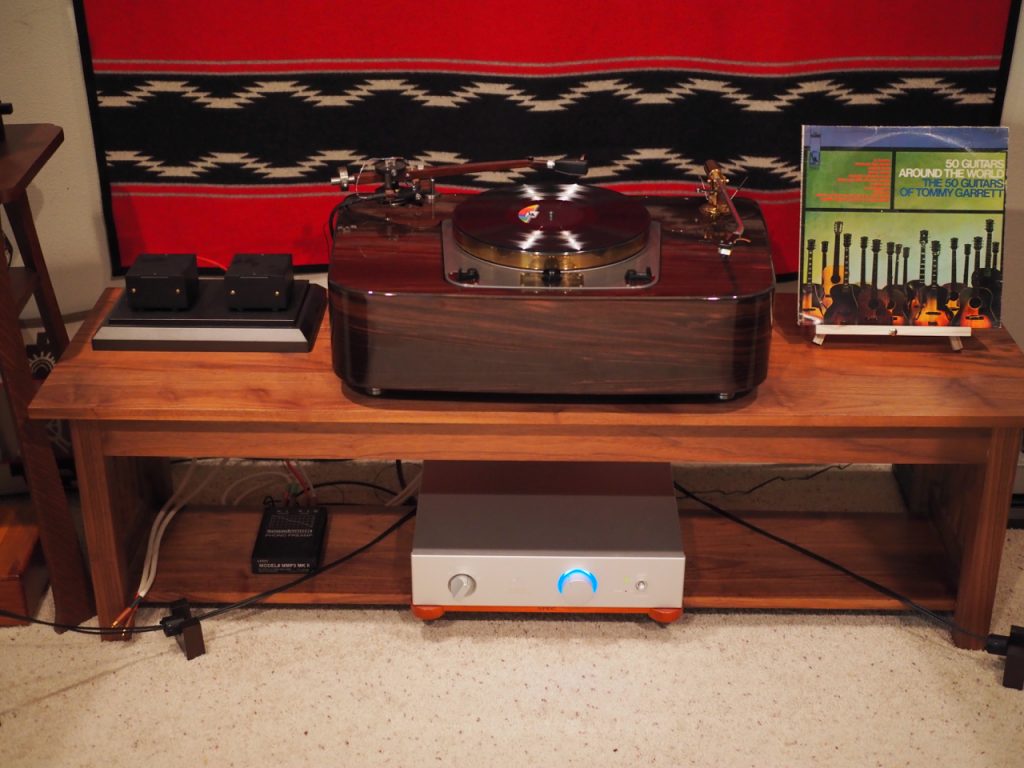
Components for the Duelund Altec Project.
For speaker cables I'm using the 600V Duelund DCA12GA at the moment, although I'll be switching over to the regular DCA12GA tinned-copper cables eventually.
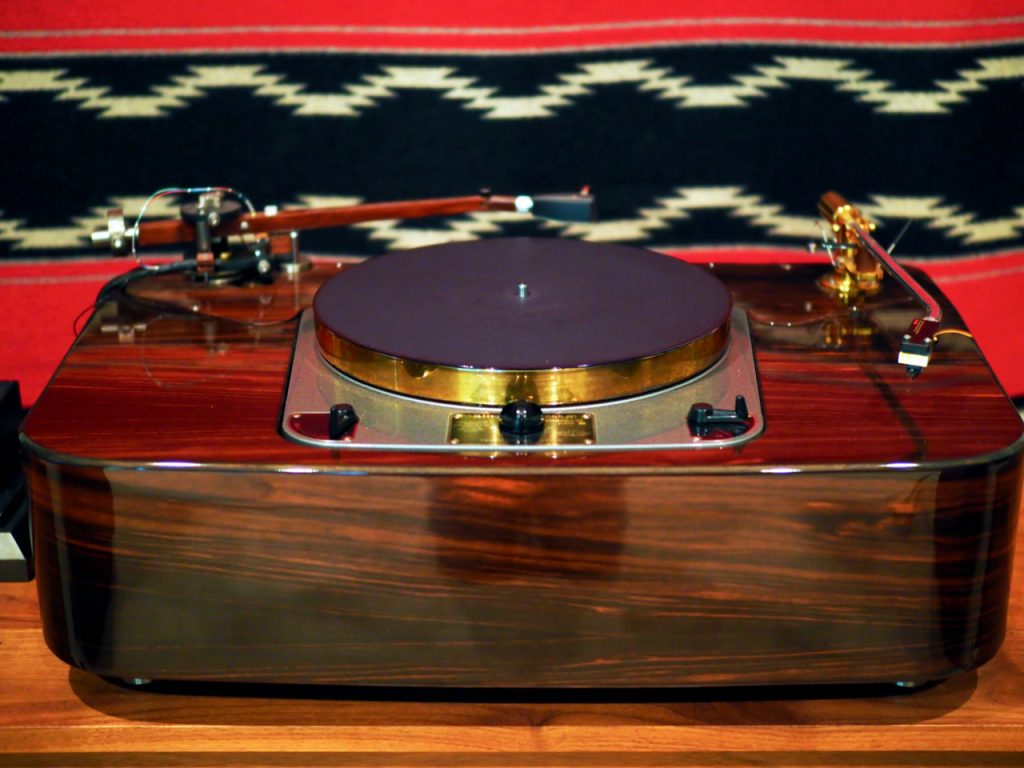
My hot-rodded Classic Turntable Company Garrard 301 will serve as the source.
Listening to the Duelund CAST Sn-Cu Crossover
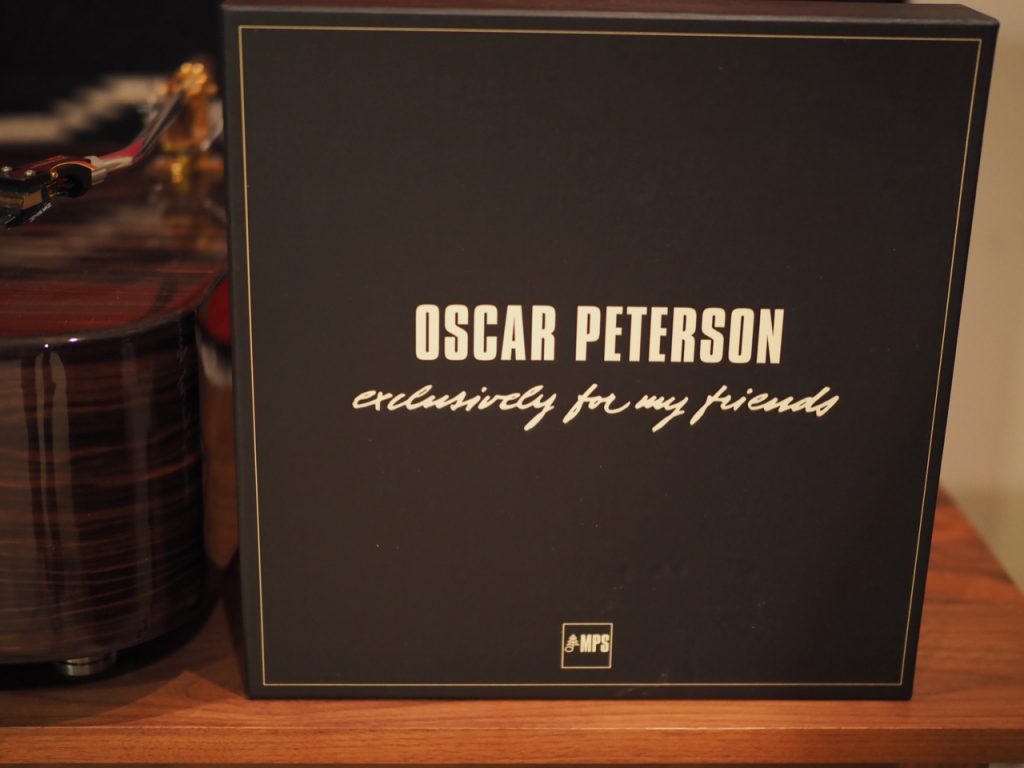
Exclusively for My Friends
Tonight I listened to the new Duelund CAST Sn-Cu crossover with my test pressing of Chet Baker's Chet, Gene Ammons' Soulful Moods of Gene Ammons, and the Oscar Peterson Trio's Exclusively for My Friends box set.
Upon first listen all I could say is, "Wow!" The Duelund CAST Sn-Cu crossover sounds fantastic, and it's not even run-in yet! It pretty much blows away the stock Altec N-500-D crossover, which shouldn't be too much of a surprise.
I'll give you detailed impressions about the Duelund CAST Sn-Cu crossovers when I get them both installed, which will be on Wednesday, as I'm fully committed tomorrow.
But in the interim I'd say that Humble Homemade HiFi articulated what I'm hearing from the Duelund CAST Sn-Cu crossover very well when they described the performance of the Duelund CAST Sn-Cu capacitors in their review:
"It is hard to describe what Duelund CAST Cu-Sn tinned copper foil capacitors can do but they have a certain richness and colour that makes things like voices and acoustic instruments sound very convincing. With "colour" I don't at all mean "coloured", it is more like richer and deeper colours with more nuances. I guess "tangible" is a good word to use to describe them. The sound is intimate and at the same time open. Smooth but never dark ... Comparing the Duelund CAST Cu-Sn to other capacitors, the Cu-Sn seemed to sound more "mature" ... This sense of "matureness" was created by a slightly bigger and more spatious presentation ... With the Duelund CAST Cu-Sn all types of music flow, become more involving, to such an extent that I was forgetting that I was testing capacitors - I haven't had that experience for years ... with the Cu-Sn the overall sound has a fraction more body to it. So by now you must know that I like my music to be as neutral and natural as possible and as coherent as possible. The Duelund CAST Cu-Sn does all these things at an extremely high level - plus it also adds a "being there" effect. The CAST Cu-Sn tinned copper foil capacitor is something special."
You can read the full Humble Homemade HiFi review HERE. Did I mention that Humble Homemade HiFi gave the Duelund CAST Sn-Cu capacitor the highest rating a capacitor has ever received in their capacitor listening trials? They did.
I've put together a link list of the key Duelund-Altec Project posts so far on the Review Archives page HERE.
Ok, that's all for now, it's time to call it a night.
Much more to come!
As always, thanks for stopping by, and may the tone be with you!



























